The Savoy Ballroom was a hub of music and dance located in the heart of Harlem, between 140th and 141st Streets on Lenox Avenue. It was a place where people came to escape the realities of everyday life and immerse themselves in the joy of movement and rhythm. From its opening in 1926 until its closure in 1958, the Savoy reigned supreme as the “World’s Finest Ballroom.
A Night at the Savoy
Stepping into the Savoy was like entering a different world. The air crackled with energy, the music vibrated through your bones, and the dance floor shimmered under the glow of the chandeliers. The Savoy wasn’t just a ballroom; it was an experience.
The music was the heartbeat of the Savoy. Big bands, led by the likes of Chick Webb, Count Basie, and Duke Ellington, filled the space with the sounds of swing and jazz. The rhythms were infectious, impossible to resist. Whether you were a seasoned dancer or a first-timer, the music pulled you onto the floor.
And what a floor it was! The Savoy’s dance floor was massive, stretching over 5,000 square feet. It was said to be “spring-loaded,” giving dancers an extra bounce in their step. The floor was always packed, a swirling mass of bodies moving in perfect harmony.
The Savoy was a breeding ground for some of the most innovative and influential dancers of the 20th century. It was here that the Lindy Hop, a lively and acrobatic dance, was born. Dancers like Frankie Manning, Norma Miller, and Al Minns pushed the boundaries of what was possible on the dance floor, their moves electrifying the crowd.
Savoy was a place where anyone could come and dance. Young and old, black and white, rich and poor – everyone was welcome. The Savoy was a place where people from all walks of life came together to share their love of music and dance.
It was a symbol of Harlem’s vibrant culture, a place where the community came together to celebrate and express themselves. It was a place where dreams were born and friendships were forged.


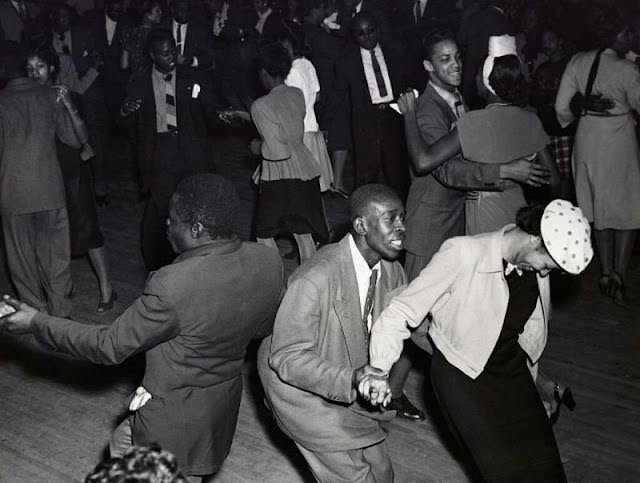
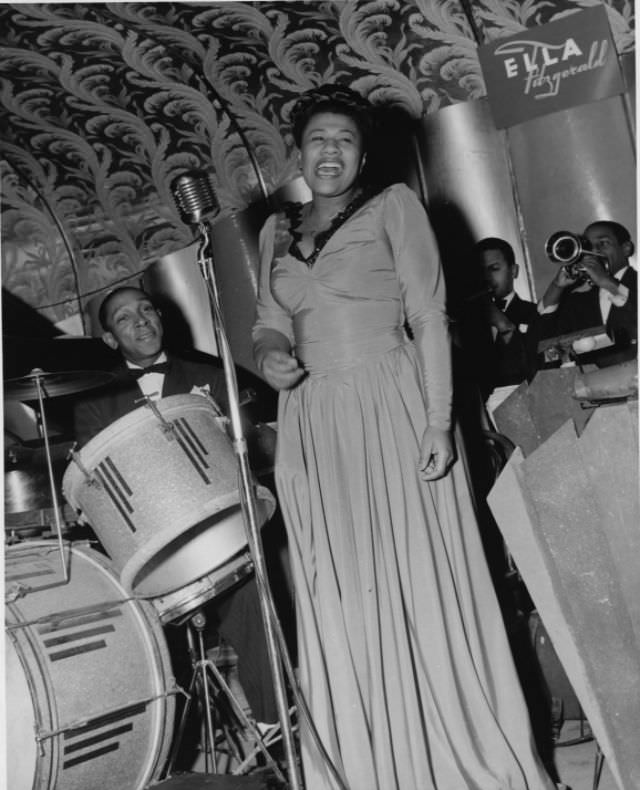
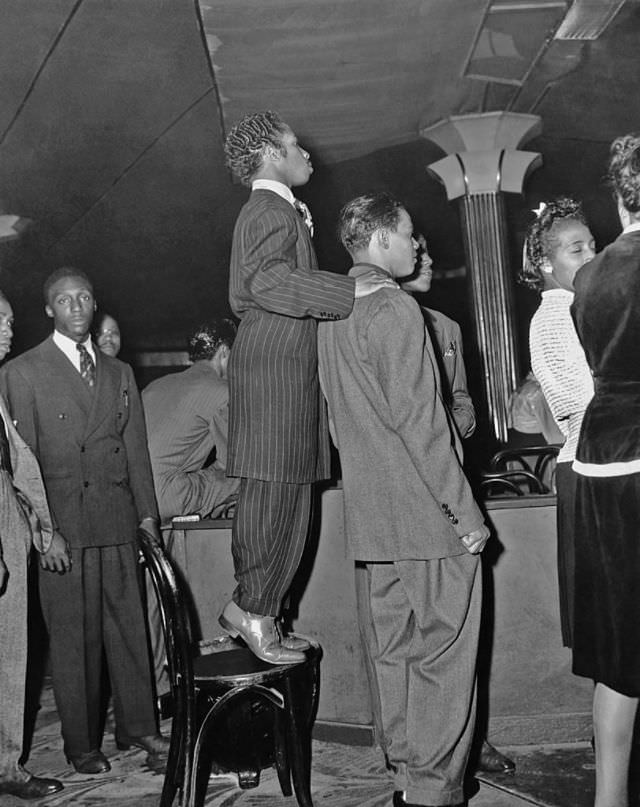
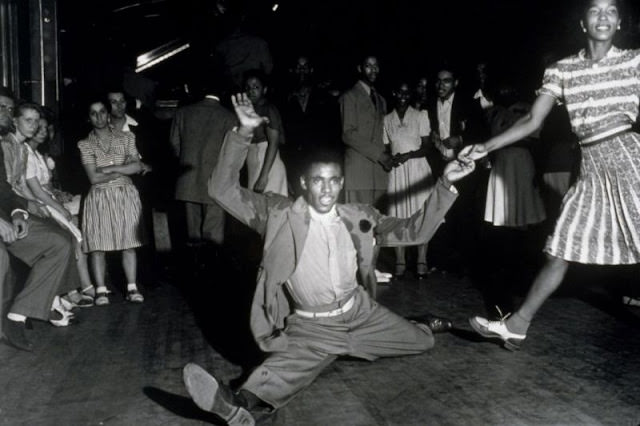
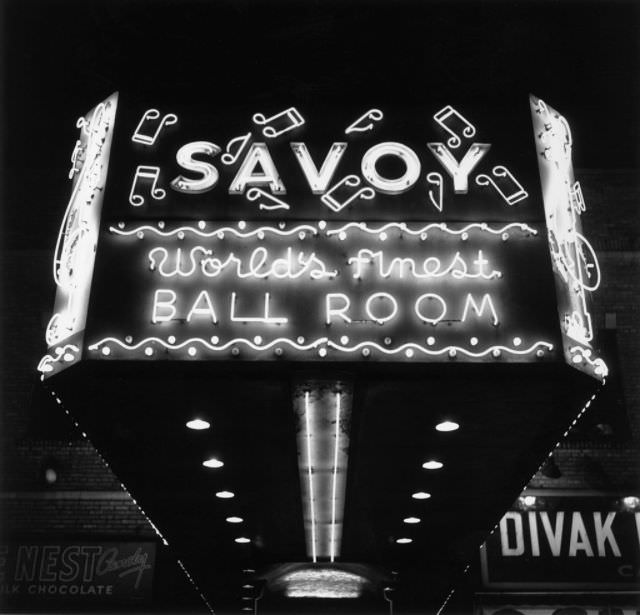
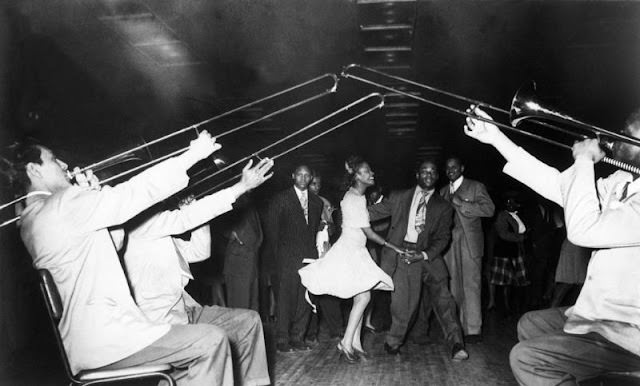
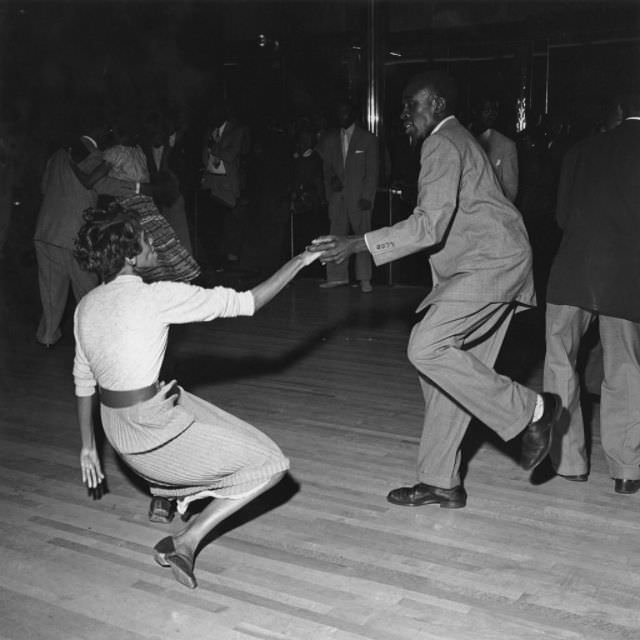
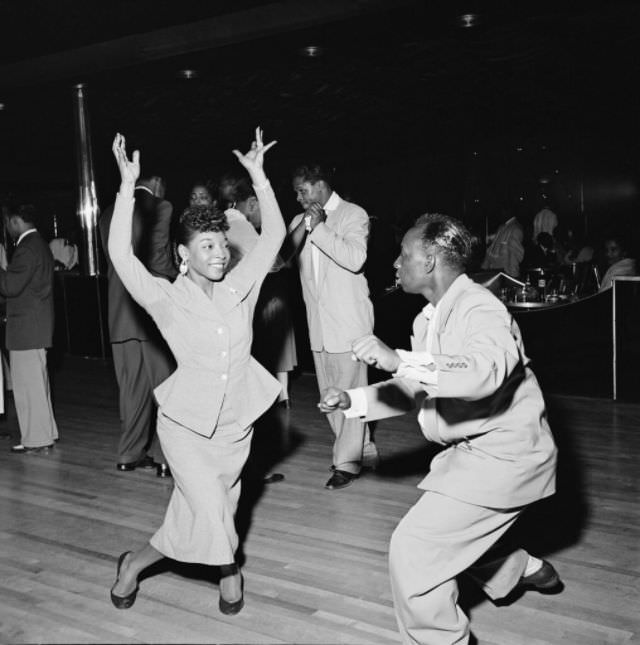

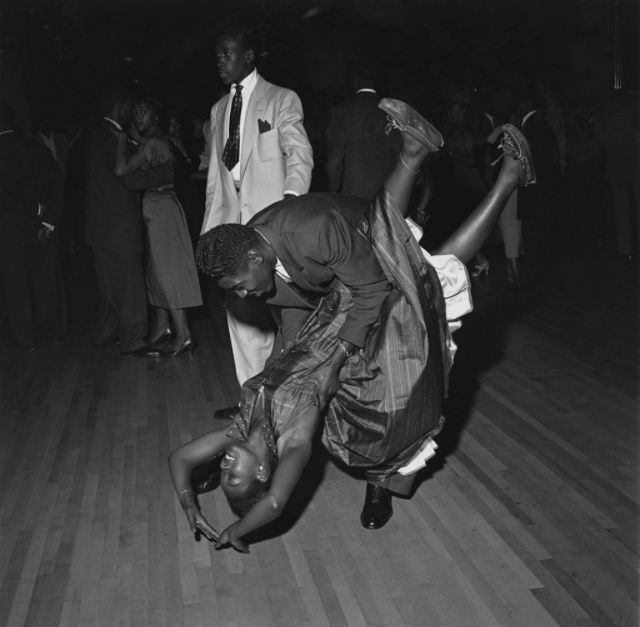
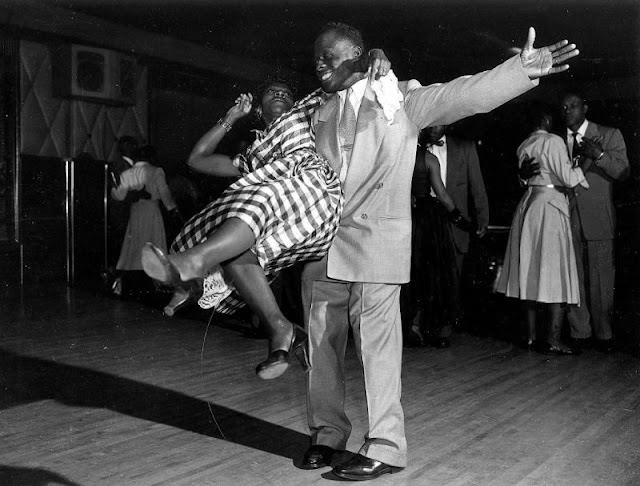
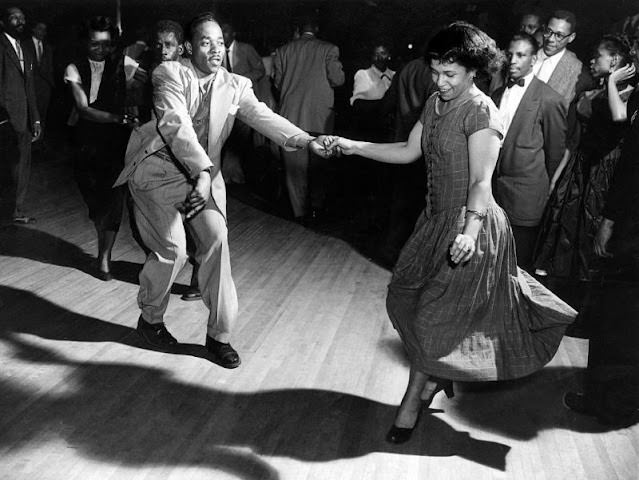
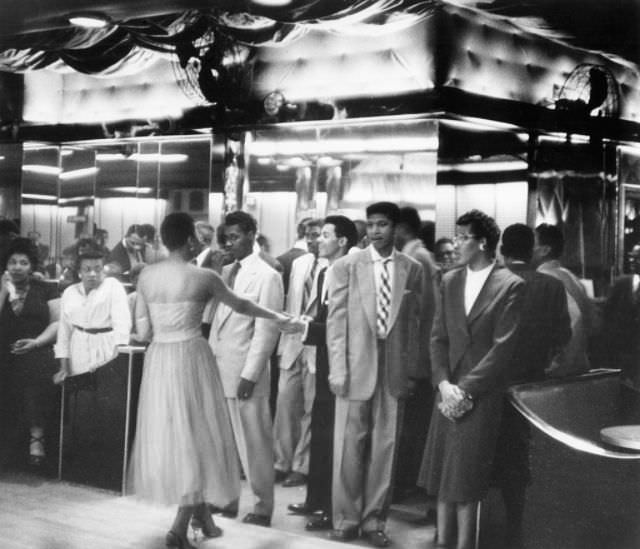

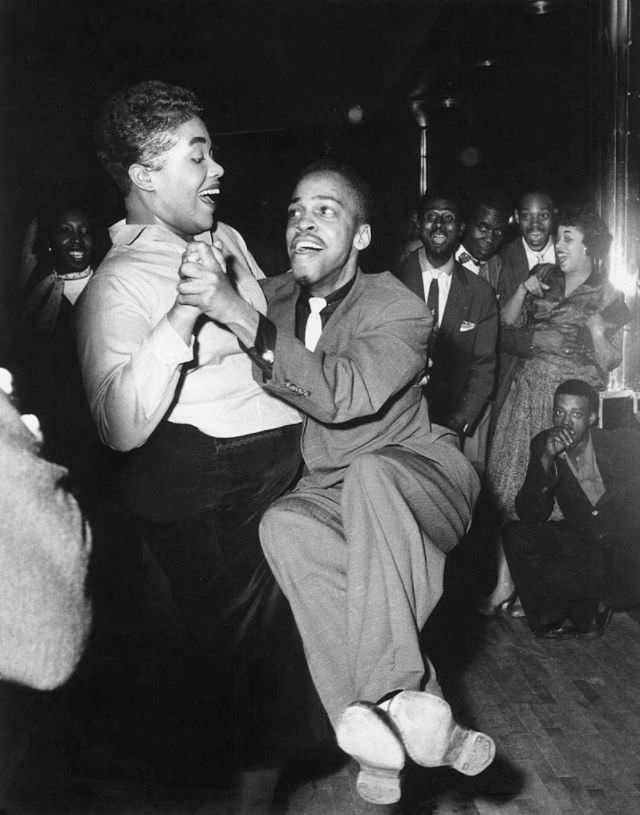
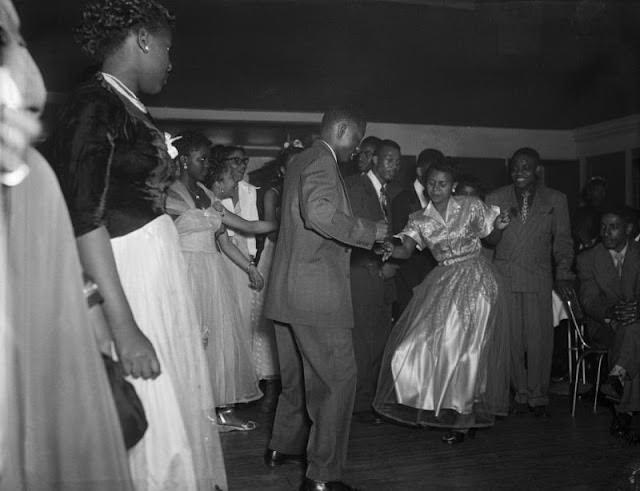

GIPHY App Key not set. Please check settings